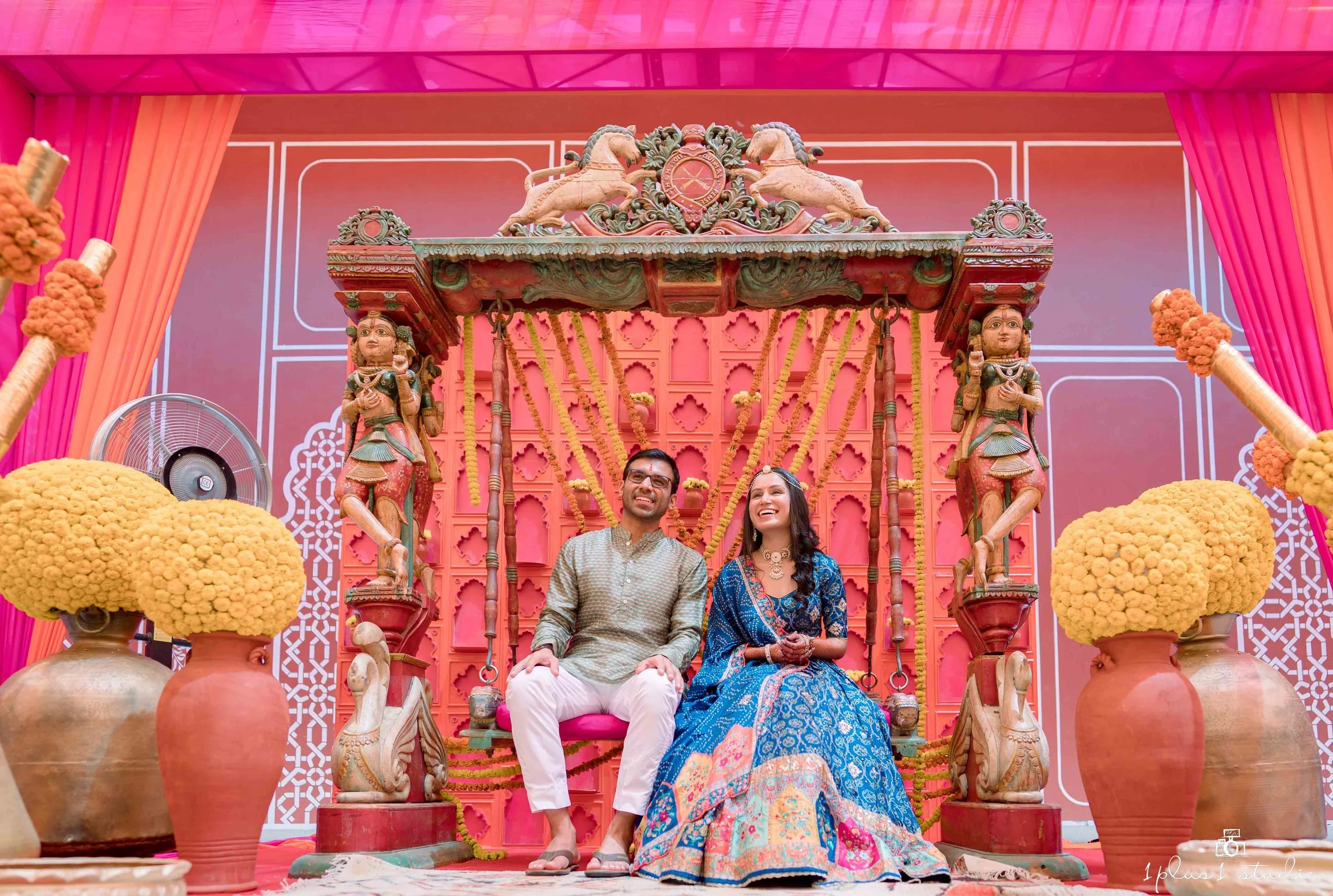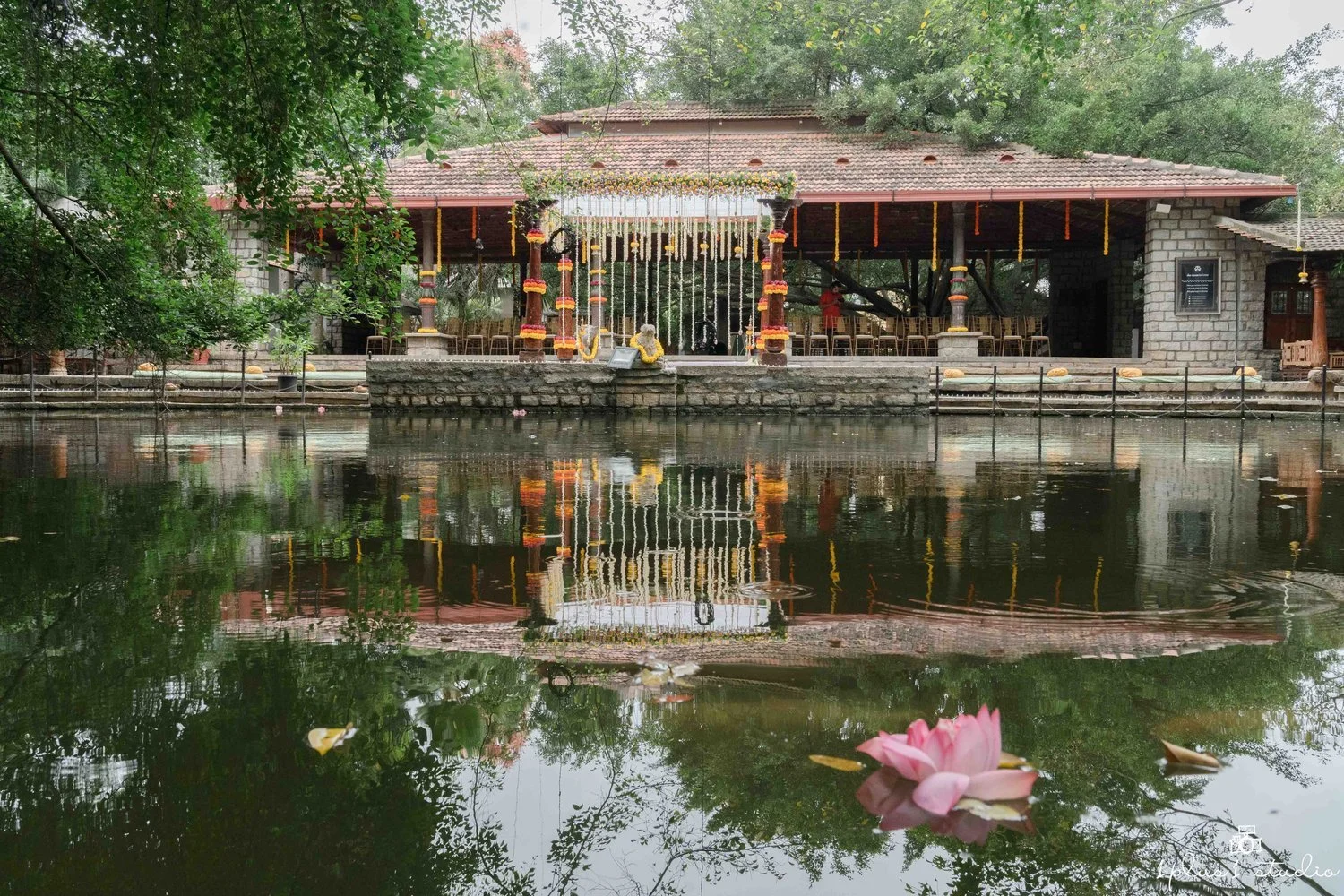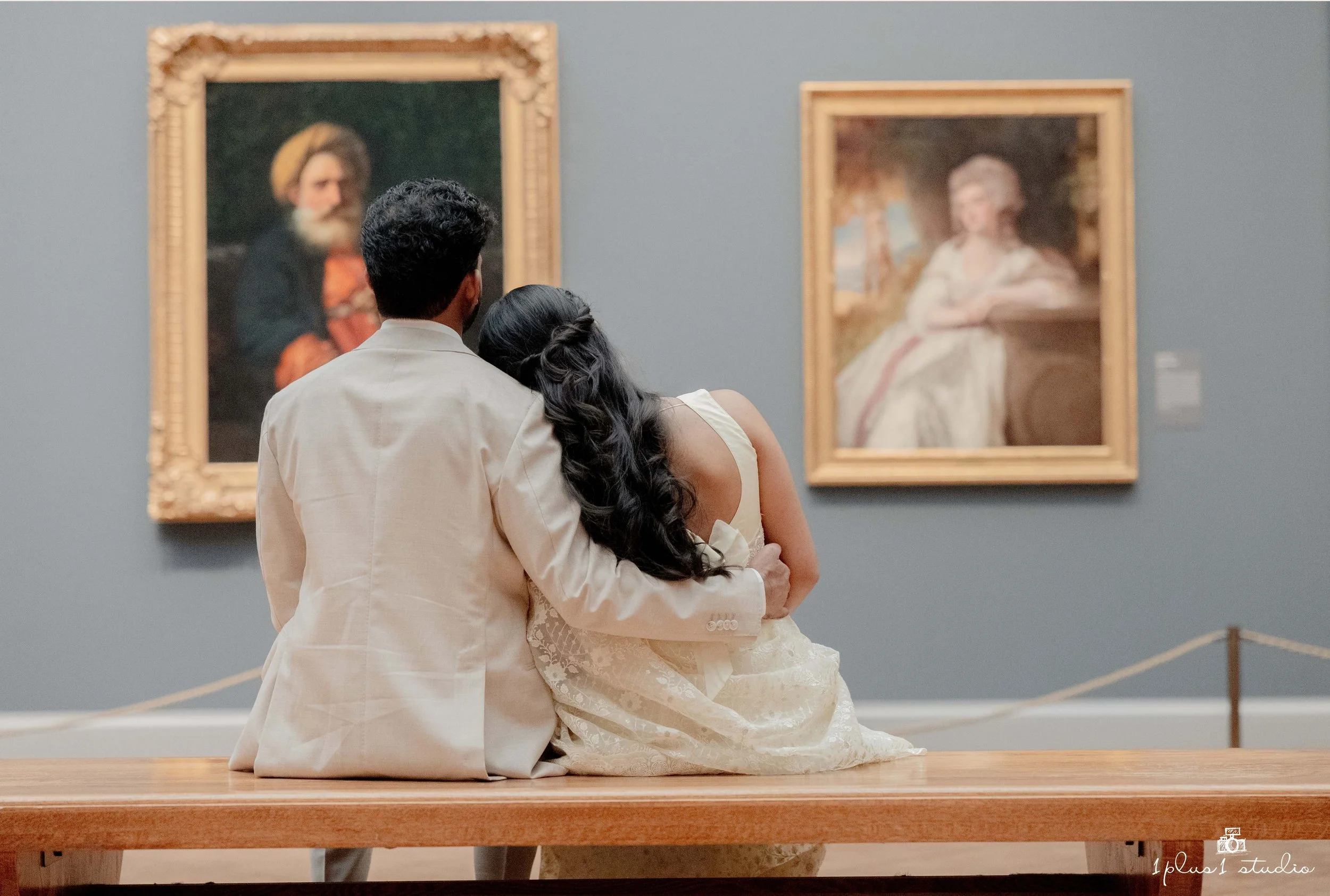43 Best Wedding Venues in Bangalore: The Ultimate 2025 Guide
Find Bangalore's Top venues for wedding. Marriage halls, wedding resorts, marriage function halls, temple wedding venue, outdoor function halls, banquets, hotels, farmhouses, heritage wedding venues, intimate venues and lawn wedding venues.
















